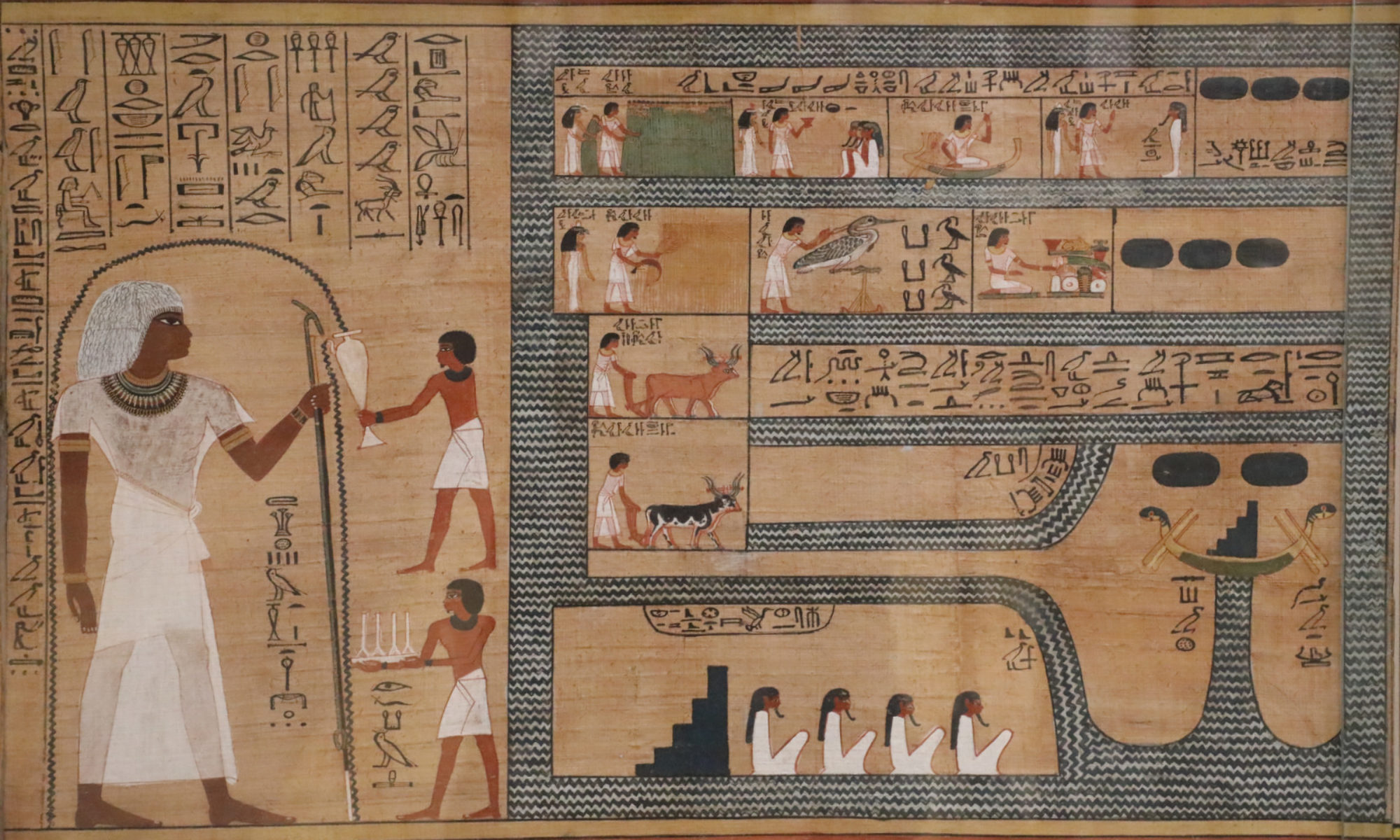Water is the most common solvent used in inkjet inks: it is cheap, non-toxic and a good solvent and dispersant for many pigments and dyes. Why then an organic solvent (or a mixture of solvents) are also required to be present? The solvents serve many purposes but the primary one is to keep the ink at the nozzle fluid on-the-fly as the water is being evaporated. These solvents are often called humectants, which is not quite correct as they do not hold the water well. Thus, an ink-jet ink that normally contains about 70% of water, at the tip of the nozzle may have only 5-10% of water left. The rest will be the organic solvents, polymers and colorants. The true purpose of the solvent is to have this liquid plug flowable and ‘managable’ i.e., relatively low viscosity.
There are hundreds of water soluble organic solvents to choose from. Organic polyols are quite often used in inks. They are miscible in water in all proportions and readily dissolve dies and disperse pigments. The main tradeoff of using them is their higher viscosity, which makes the ink plugs at the exit of the nozzles difficult to spit out. The worst case in this respect are polyols with several adjacent OH groups e.g., glycerol.
Viscosities of some C3-alcohols, in centiPoise, at room temperature (20-25C)
| Solvent | Viscosity, cPoise |
| 1-propanol | 1.95 |
| 2-propanol | 2.05 |
| 1,2-propanol | 114 |
| 1,3-propanol | 68 |
| glycerol (1,2,3-propanol) | 1400 |
Oligomers of ethylene glycol are not nearly as much hydrogen bonded and have a moderate viscosity . They also have no/less smell and not flammable. Mono and di-ethylene glycols are somewhat toxic, but tri-and tetraethylene glycols are commonly used in inkjet inks.
While the molecular mechanisms of viscosity of fluids is somewhat difficult to interpret, one can speculate of hydrogen bonding between OH groups. One can imagine some kind of 3D structure of hydroxyls that slide against each other and made the fluid viscous. Another example of bad polyols are sugars; they clog the nozzles very effectively. We all know how viscous the sugar solution in water can be! One would think that a mono-ols would be beneficial from this standpoint, but they have smell, are flammable and tend to attack the adhesives of the printhead.
Interestingly, co-solvents without OH groups tend to have less of viscosity increase with the loss of water and, in that respect, are advantageous for inkjet. Into this category fall betaine and urea. Both of these materials are crystalline solids, but fully miscible with water, and the solutions remain of low viscosity with the water loss. Urea would have been an ideal solvent for inkjet if not for its slow hydrolysis with time.
Viscosity of aqueous solutions of urea at 20 C, (Ref)
| Urea mass fraction | Viscosity, CentiPoise |
| 0.325 | 1.4 |
| 0.373 | 1.6 |
| 0.426 | 1.6 |
